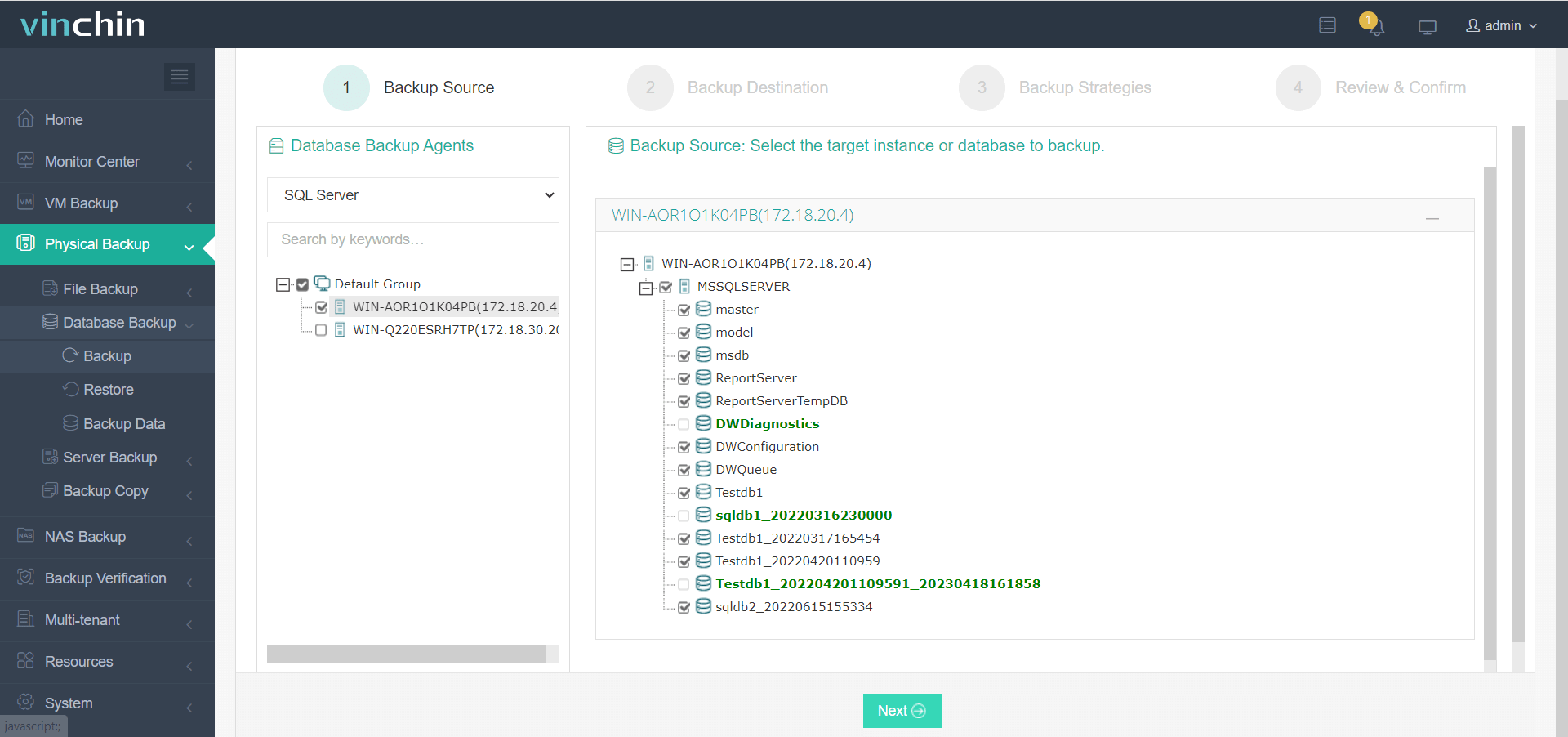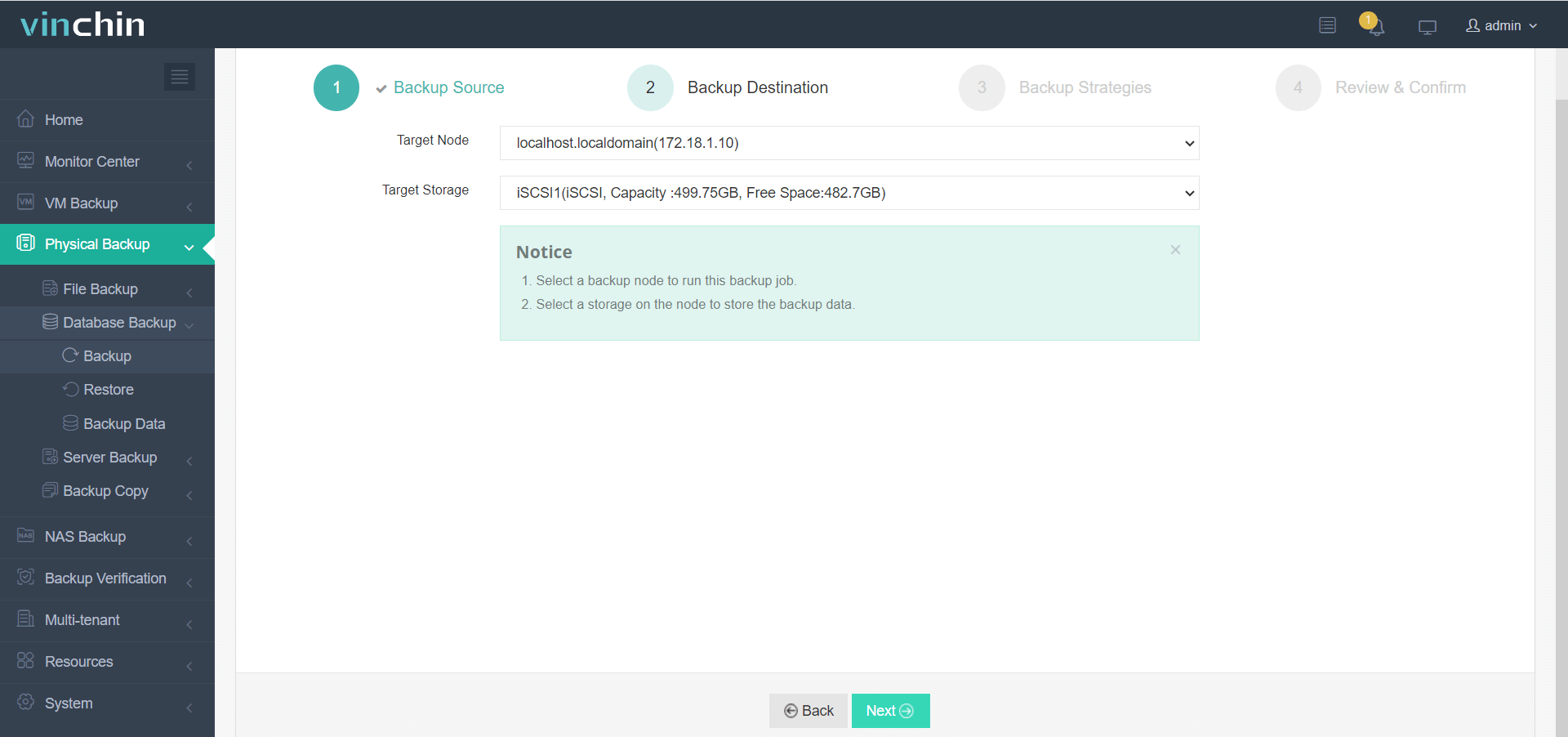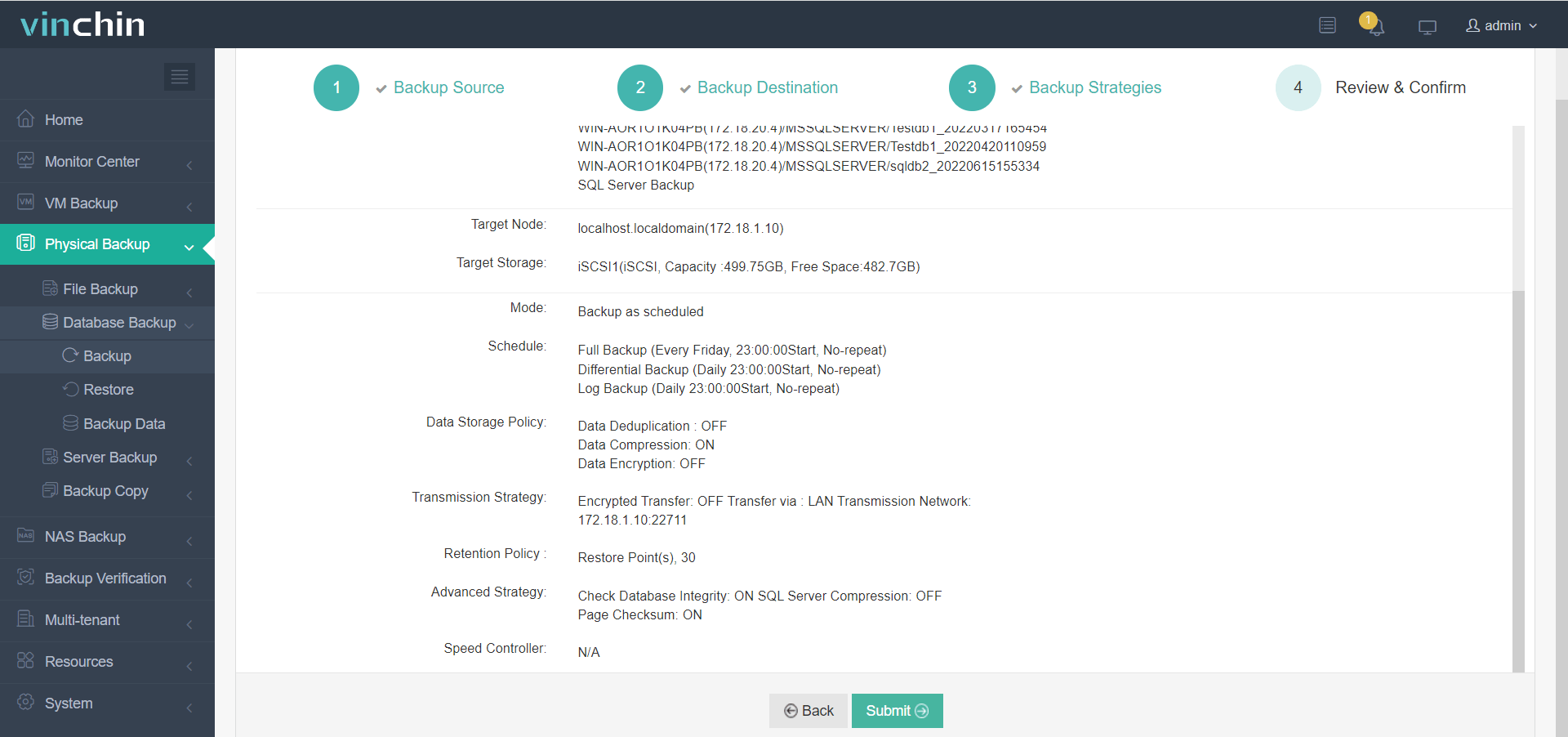-
What Is SQL Server Database Compare?
-
Why Compare SQL Server Databases?
-
Method 1: Comparing Databases Using T-SQL Scripts in SSMS
-
Method 2: Comparing Databases with Visual Studio Schema Compare
-
Method 3: Comparing Databases with ApexSQL Diff
-
Protecting Your Database with Vinchin Backup & Recovery
-
SQL Server Database Compare FAQs
-
Conclusion
Keeping SQL Server Database in sync is a daily challenge for operations administrators. In today’s IT world, you might manage several environments—development, testing, staging, or production—across different teams or even continents. Small differences between databases can cause big problems during deployments or audits. For example, DevOps pipelines often break when schemas drift apart. Compliance checks may fail if your test database does not match production. That’s where SQL Server database compare comes in. This article will walk you through what it means, why it matters, and how to do it—starting with the basics and moving to advanced tools.
What Is SQL Server Database Compare?
A SQL Server database compare is the process of identifying differences between two SQL Server databases. These differences can appear in two main ways: schema compare (the structure of tables, views, procedures) and data compare (the actual records inside those tables). Both are important for keeping your systems healthy.
Schema compare checks if your objects—like tables or stored procedures—are identical across environments. Data compare looks at the contents of those objects to find missing or changed rows. This process is essential for version control, migrations, disaster recovery planning, change management processes—and even compliance audits where you must prove consistency.
Why Compare SQL Server Databases?
Why bother comparing databases? The answer is simple: consistency. When databases drift apart—even by one column or row—applications can break unexpectedly. Data loss becomes possible if changes go unnoticed. Deployments may fail because scripts expect one structure but find another.
Comparing databases helps you detect accidental changes or unauthorized modifications before they cause trouble. It prepares you for migrations or upgrades by showing exactly what needs updating. Regular comparisons validate that development, test, and production environments match as intended—a must-have for smooth DevOps workflows.
In regulated industries like healthcare or finance (think GDPR or HIPAA), proving database consistency is mandatory during audits. Scheduling regular comparisons as part of your CI/CD pipeline helps catch drift early before it grows into a bigger problem.
Would you risk deploying code to production without knowing if your database matches the expected state?
Method 1: Comparing Databases Using T-SQL Scripts in SSMS
For those who prefer a hands-on approach—or need a quick check—SQL Server Management Studio (SSMS) with T-SQL scripts offers a direct way to compare schemas and data without extra tools. This method works best for small databases or ad-hoc checks.
Start by scripting out the objects you want to compare. In SSMS, right-click your database name in Object Explorer. Select Tasks, then Generate Scripts from the menu options that appear on screen. Choose whether to script all objects or just specific ones like tables or stored procedures. Save these scripts from both source and target databases into separate folders.
Next comes comparison. Use any file comparison tool to spot differences between these script files; this highlights changes in table definitions or stored procedures line by line.
For comparing actual data between tables with identical structures (same columns in same order), write T-SQL queries using the EXCEPT operator:
SELECT * FROM db1.dbo.TableA EXCEPT SELECT * FROM db2.dbo.TableA;
This returns rows present in db1 but missing from db2. Reverse source/target to check both directions.
If your tables have different column orders or extra columns, be careful—the EXCEPT operator only works when both sides have matching structures. For more complex comparisons across many tables automatically, consider writing dynamic SQL scripts that loop through table lists.
Method 2: Comparing Databases with Visual Studio Schema Compare
Visual Studio provides a built-in way to compare both schema and data using SQL Server Data Tools (SSDT). This method is more visual than scripting—and less error-prone when dealing with many objects at once.
First make sure SSDT is installed; newer Visual Studio versions may need this added separately via Extensions.
To compare schemas:
1. Open Visual Studio.
2. Go to Tools > SQL Server > New Schema Comparison.
3. In the Schema Compare window that opens up on screen, select your source database (or .dacpac file) as well as your target database.
4. Click Compare at the top toolbar.
5. Review grouped results by action type: Additions show what will be created; Changes highlight modifications; Deletions show what will be dropped.
6. Check/uncheck specific objects as needed before updating anything live.
7. Click Update to apply changes directly—or choose Generate Script if you want to review all SQL statements first.
Pro tip: Use .dacpac files instead of live connections when running automated builds; this avoids locking issues on busy servers during CI/CD runs.
For data comparison:
1. Go back under Tools > SQL Server > New Data Comparison.
2. Pick both source/target databases again.
3. Choose which tables/views should be compared; only those with primary keys will appear here since row-matching requires unique identifiers.
4. Click Finish to start analysis.
5. Review results showing counts of identical/different/missing records per object.
6. Select which differences should synchronize; click Update Target for immediate sync—or use Generate Script for review first.
Method 3: Comparing Databases with ApexSQL Diff
For advanced needs—including automation at scale—third-party tools like ApexSQL Diff offer features beyond basic scripting or Visual Studio integration (note: always verify licensing terms before use).
ApexSQL Diff supports comparing schemas between live databases—even across different versions like SQL Server 2012 versus 2022—as well as backups (.bak files), script folders exported from source control systems like Git/TFS/SVN/etc., or even snapshots taken during previous deployments.
Here’s how typical usage works:
1. Install ApexSQL Diff following vendor instructions.
2. Launch application from Start Menu or desktop shortcut.
3. Set your source/target connections using either live server names/IPs or local backup/script folder paths as needed.
4. Click Compare button on main toolbar; tool analyzes all supported object types automatically.
5. Review grid showing every difference by object type/action required (Add/Change/Delete).
6. Filter results by object type if needed—for example just stored procedures or indexes—to focus review effort efficiently.
7. Select which items should synchronize forward/backward between environments; tool generates full synchronization script preview so nothing happens until approved explicitly by user/admin team lead.
8. Choose whether to run synchronization now (Synchronize now) immediately against target environment—or save generated script/report/export log files for later review/audit purposes (Create synchronization script, Export report).
ApexSQL Diff also supports command-line automation for scheduled jobs via Windows Task Scheduler/PowerShell/batch files—which makes regular comparisons easy even across dozens/hundreds of servers/databases nightly without manual intervention each time.
Protecting Your Database with Vinchin Backup & Recovery
While effective comparison keeps environments consistent, safeguarding your data requires robust backup solutions tailored specifically for enterprise needs such as Microsoft SQL Server protection alongside other mainstream platforms including Oracle, MySQL, MariaDB, PostgreSQL/PostgresPro and MongoDB support out-of-the-box—all managed centrally via Vinchin Backup & Recovery 's intuitive web console interface designed for simplicity at scale.
Vinchin Backup & Recovery delivers key features such as incremental backups support (for Oracle/MariaDB/MySQL/PostgreSQL), batch backup scheduling across multiple instances simultaneously regardless of size/environment count involved plus flexible retention policies including GFS strategies ensuring regulatory compliance over long-term storage cycles—all enhanced further through ransomware protection mechanisms and seamless cloud/tape archiving integration.
The entire workflow remains straightforward:
1. Select source SQL Server database(s),

2. Choose target storage location(s),

3. Configure backup strategies,

4. Submit the job.

Recognized globally among enterprise users—with thousands protected worldwide and top industry ratings—Vinchin Backup & Recovery offers a fully functional 60-day trial so you can experience comprehensive data protection firsthand risk-free! Download now via button below.
SQL Server Database Compare FAQs
Q1: Can I compare encrypted databases?
A1: Most comparison tools require decryption access during analysis; always follow company security policies before proceeding with encrypted sources.
Q2: Is there an easy way to track column-level permission differences?
A2: Query system views such as sys.database_permissions directly using custom T-SQL scripts for precise permission comparisons between environments.
Q3: What should I do if my comparison fails due to network errors?
A3: Check firewall rules first then test connectivity using PING/TELNET commands before retrying inside chosen tool interface.
Conclusion
Regularly performing a thorough sql server database compare keeps all environments consistent while reducing deployment risks over time! Whether using hands-on scripts…visual developer tools…or automated enterprise solutions…the right choice depends entirely upon project size/scope/team needs! And remember—for complete protection alongside comparison tasks…Vinchin Backup & Recovery ensures safe rollback whenever needed most!
Share on:







